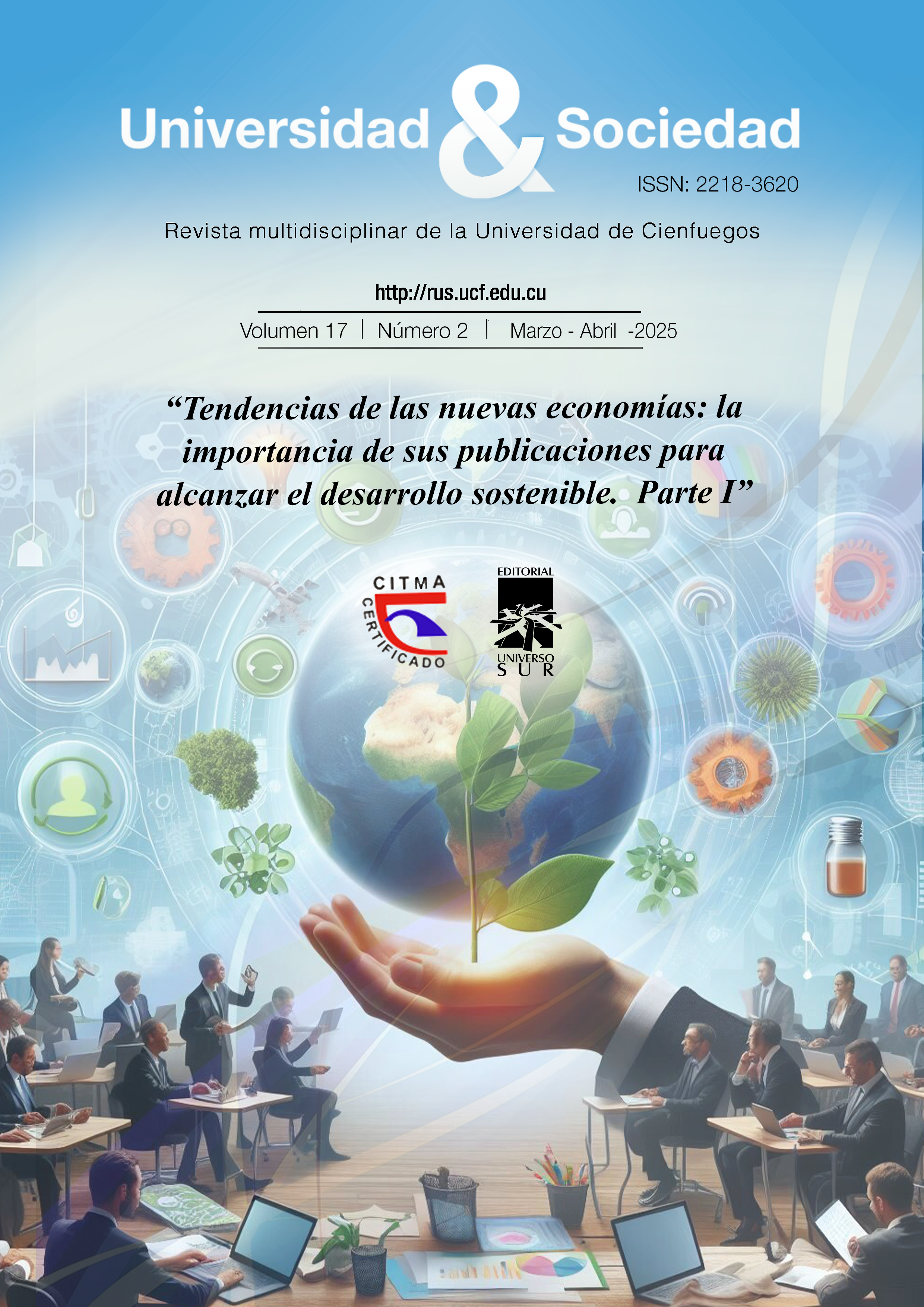Artificial Intelligence in Education. Transforming Digital Environments for Personalized Learning
Keywords:
SDGs, Development Goals, Scientific production, AI, University professorAbstract
This study analyses the impact of artificial intelligence on teaching scientific production, evaluating its influence on the quality and efficiency of research work. The general objective is to determine how the integration of AI tools improves academic productivity and optimizes research processes in the educational field. The problem investigated focuses on the need to understand whether AI represents an effective resource to enhance scientific production or whether its implementation faces technological and methodological barriers. The methodology used was a quantitative approach, using a Structural Equation Model (SEM) to analyses the relationship between AI and teaching scientific production. Surveys were applied to 153 teacher-researchers and evaluation tests and factor analysis with WLSMV estimation were carried out, due to the absence of normality in the data. Hypothesis H1 was formulated, which states that the integration of AI has a significant positive impact on teaching scientific production. The results confirmed this hypothesis, showing a high score (β = 0.878, p < .001) between the use of AI and research quality. It is concluded that AI optimizes time and rigor in research, although access and training barriers persist, suggesting the need for institutional strategies for its effective implementation.
Downloads
Published
How to Cite
Issue
Section
License
Copyright (c) 2025 Editorial "Universo Sur"

This work is licensed under a Creative Commons Attribution-NonCommercial-NoDerivatives 4.0 International License.
La editorial "Universo Sur", de la Universidad de Cienfuegos, publica el contenido de la Revista "Universidad y Sociedad" bajo una Licencia Creative Commons Atribución-NoComercial-SinDerivar 4.0 Internacional.
© Podrá reproducirse, de forma parcial o total, el contenido de esta publicación, siempre que se haga de forma literal y se mencione la fuente.










